Search Results

Modeling Linear Elastic Materials – How Difficult Can It Be?
Get an intro to the theory and application of the linear elastic material model, isotropy/anisotropy, allowable values for material data, incompressibility, and geometric nonlinearity.

Fitting Measured Data to Different Hyperelastic Material Models
Want to fit your experimental data to different hyperelastic material models? You can with the Optimization interface in COMSOL Multiphysics®, which lets you fit a curve to multiple datasets.
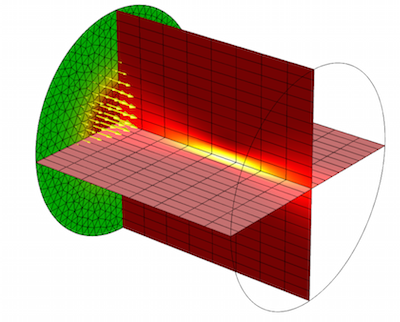
Modeling Laser-Material Interactions in COMSOL Multiphysics
When it comes to modeling laser-material interactions and heating, different modeling techniques are appropriate for different problems. We go over a few examples here >>
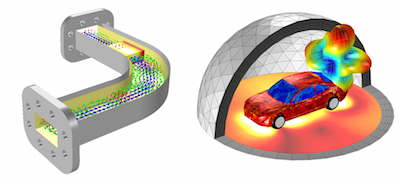
Simulation Tools for Solving Wave Electromagnetics Problems
Take a look at the various modeling, meshing, solving, and postprocessing options available for solving wave electromagnetics problems in COMSOL Multiphysics®.
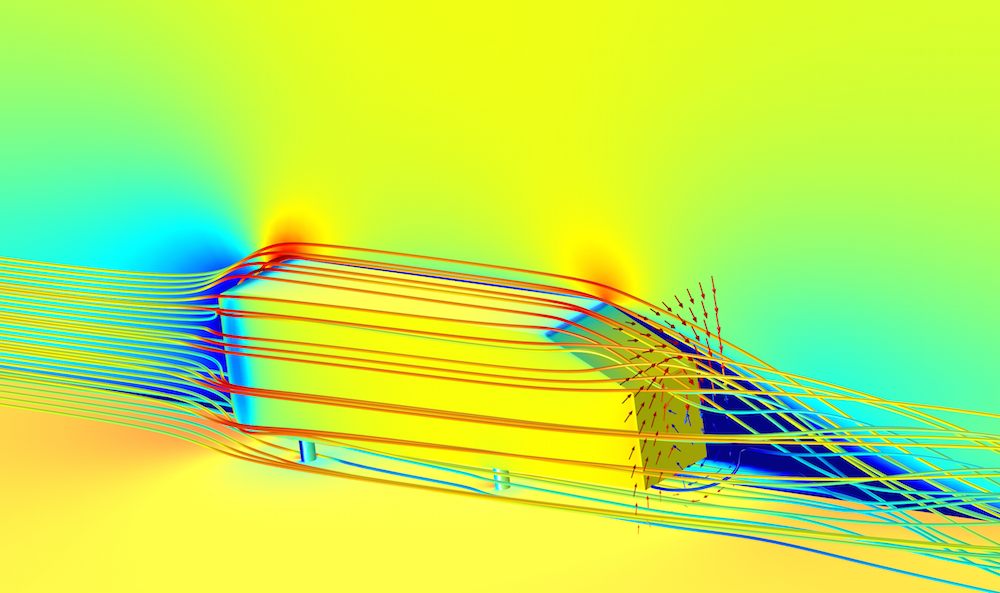
How Do I Compute Lift and Drag?
Analyzing lift and drag is an important task in many industries, such as automotive and aeronautics. Learn some different ways to compute lift and drag in COMSOL Multiphysics®.
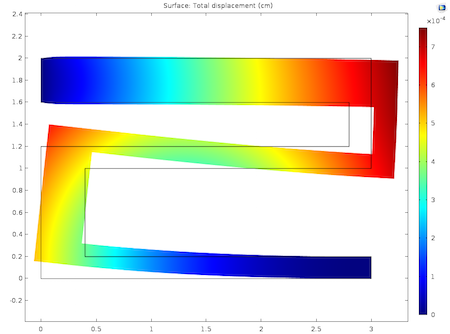
How to Model Hygroscopic Swelling
Hygroscopic swelling occurs in various sectors of industry, from wood construction and paper to electronics and food processing. Learn how to model this phenomenon in COMSOL Multiphysics®.
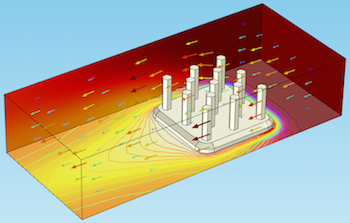
Useful Tools for Postprocessing in COMSOL Multiphysics
Layering plots; style inheritance; enabling and disabling grids, axes, and legends; showing mesh plots, and more: We go over some useful tools for postprocessing your simulation results.
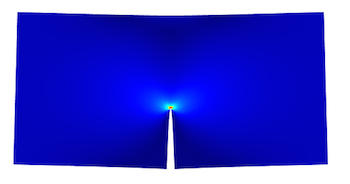
Singularities in Finite Element Models: Dealing with Red Spots
Seeing red? Explore common causes of singularities in your finite element models, as well as when and how to remove them and how to interpret your simulation results.
